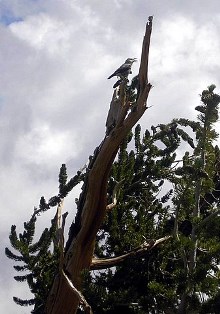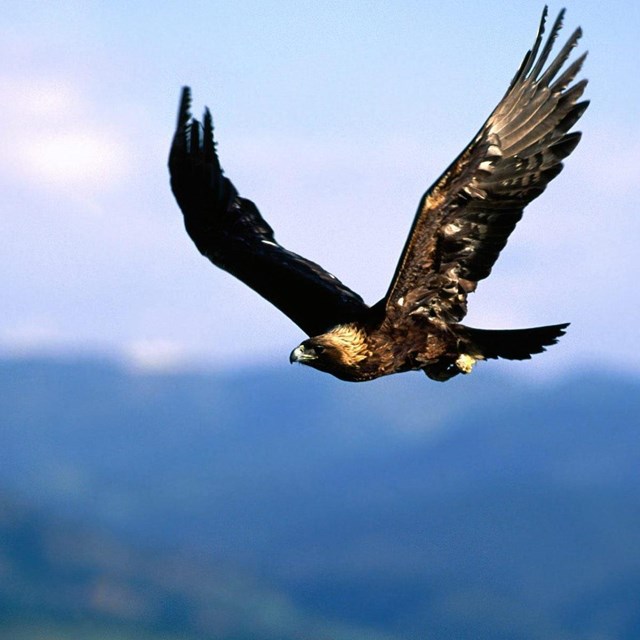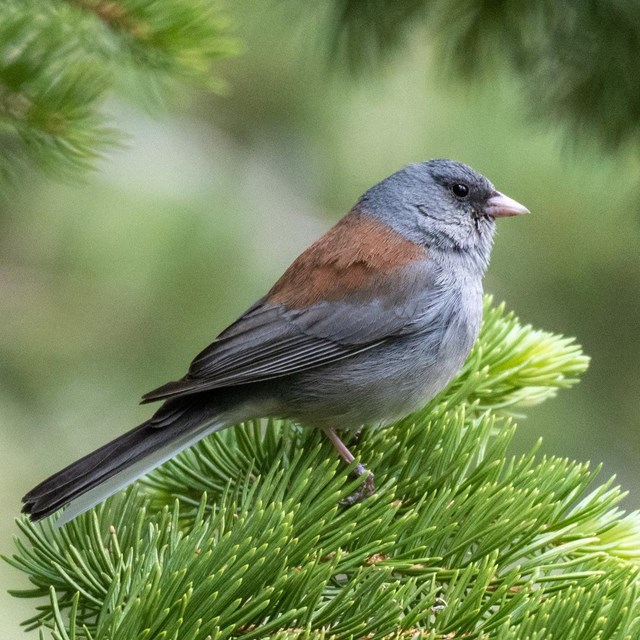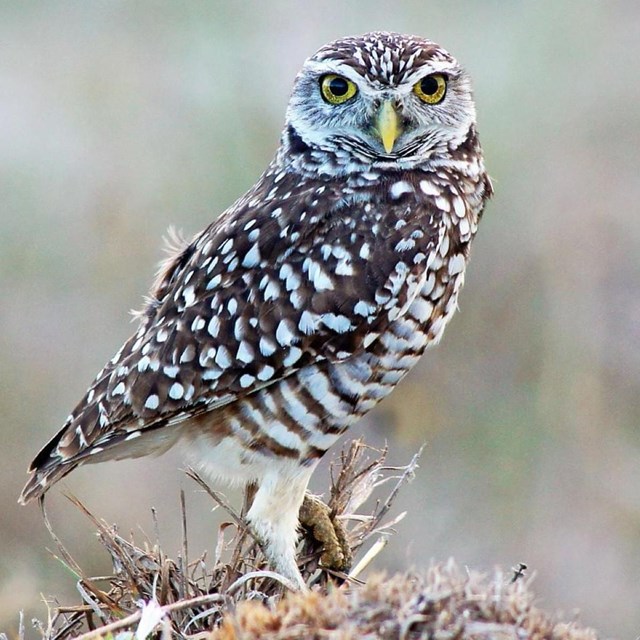
NPS / J. Hamilton Many types of birds can be found in Great Basin National Park and the surrounding area. A large variety of birds can be seen in the many different habitats encountered between the town of Baker (5,280 feet elevation) and the end of the Scenic Drive (10,000 feet elevation). Many birds such as the Common Raven, Northern Flicker and the American Robin, can be found in more than one type of habitat. Favorite Areas for Bird Watching
Luckily, just about anywhere in Great Basin National Park provides excellent opportunities for bird watching. Learn more about the park's many species by picking up a bird list at either visitor center, or head to the Audubon Society's website. more about birds
|
An official website of the United States government
Here's how you know
Official websites use .gov
A
.gov website belongs to an official government
organization in the United States.
Secure .gov websites use HTTPS
A
lock (
) or https:// means you've safely connected to
the .gov website. Share sensitive information only on official,
secure websites.



